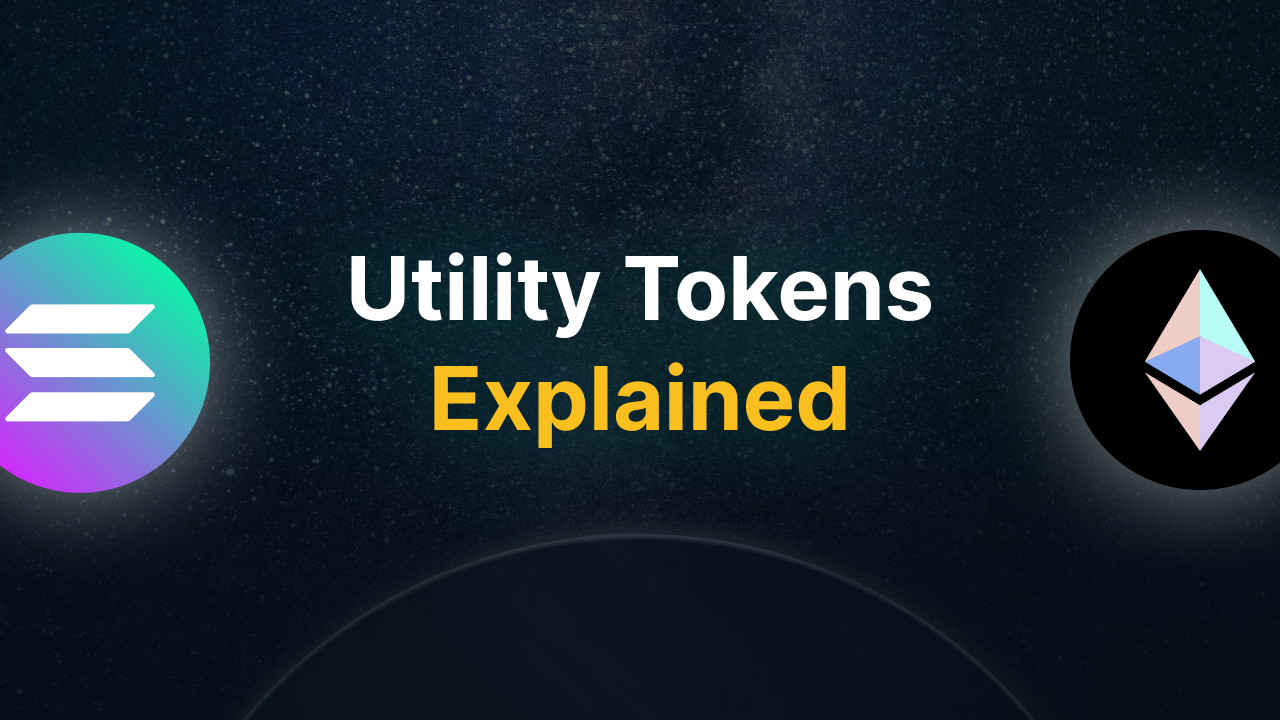What Are Crypto Whales?

What Is a Crypto Whale?
A crypto whale is an individual (or organization) that holds a massive amount of a specific cryptocurrency. We're talking millions, or even billions, of euros or dollars. These are no longer just "fish in the sea," but whales that dominate the waters. Smaller investors simply follow their waves. Crypto whales hold significant influence over the cryptocurrency market. In theory, whales can manipulate the market due to the sheer volume they control.
While a beginner investor (often called plankton or shrimp) may trade with a few hundred or thousand euros, whales operate in the millions or billions. If you sell €1,000 worth of crypto, the market absorbs it easily. But if someone dumps €10 billion, there must be significant demand to absorb it. If not, the price will likely drop. Large-scale trades like that can greatly impact a coin’s price. Of course, it also depends on the coin’s volume and market cap.
Key Takeaways
-
Crypto whales are major players who hold massive amounts of a cryptocurrency, giving them significant market influence.
-
Their buy or sell moves can cause dramatic price shifts and trigger hype or panic among smaller investors.
-
Some whales intentionally manipulate the market for personal gain, while others bring liquidity and stability.
-
Well-known whales like Michael Saylor and BlackRock have boosted confidence in crypto through large, long-term investments.
-
As an investor, it’s important to understand whale behavior, use tracking tools, and always trade with a sound strategy.
The Impact of Whales on the Crypto Market
Imagine someone with billions in crypto suddenly selling a particular coin all at once. That’s not just a regular transaction, it’s a financial earthquake. That’s what happens when a crypto whale moves. These major players (often holding massive amounts of Bitcoin, Ethereum, or other altcoins) can cause market-wide ripples with a single move.
When a whale dumps millions of tokens quickly, it floods the market with supply. The result? Prices drop. Observing investors panic and start selling their positions, creating a snowball effect. The same happens in reverse, if a whale buys big, the price surges. Smaller investors jump in, pushing prices even higher. Whale movements often drive investor mass psychology.
Strangely enough, during a bull run, trading volume is higher than during a bear market. Fear keeps people from buying during dips and ironically drives them to buy when prices are high.
How Can You Track Crypto Whales?
Because whales are so influential, their wallet movements are closely monitored. Tools like Whale Alert publicly report huge transactions. Traders use these alerts to predict market movements. Will the price drop? Is a pump incoming? For many, tracking whales is as important as reading the news or performing technical analysis.
But there’s a dark side too. Some whales intentionally manipulate the market. In most countries, this is illegal. For instance, a whale might place a massive sell order to trigger panic. People start selling, the price drops, panic spreads, more people sell, and then the whale buys back in at a discount, making a profit.
Whale behavior is real and impactful. By understanding it, and not giving in to fear or hype, you can navigate the unpredictable crypto waters with more confidence.
The Drawbacks of Crypto Whales
Whales clearly influence the market, but with great power comes real risks, especially for smaller investors. One of the biggest dangers is the unpredictability of whale behavior. A single sale of hundreds of millions in tokens can cause a sharp price dip, and just as fast, prices can recover.
Often, large players have insider info about market or regulatory changes, which creates an uneven playing field. Whales also use advanced tools like algorithmic trading systems that react in milliseconds to price shifts. These tools allow them to profit from and even trigger price swings.
Still, while it’s tempting to label whales as the “bad guys,” reality is more nuanced. Their role isn’t purely negative. Their buying power and long-term holdings can also bring stability. BlackRock’s purchase of Bitcoin is a good example, after their announcement, Bitcoin's price surged significantly.
Bottom line? Always do your own research. A strategy, solid knowledge, and a cool head are key in this volatile market.
The Benefits of Crypto Whales
Although often viewed negatively, whales aren’t always a bad influence. In fact, they often contribute to bullish markets. Large companies aren’t likely to day-trade billions, they typically buy crypto as a long-term investment. And by buying huge quantities, they remove coins from circulation, creating scarcity.
Example:
Michael Saylor has been gradually buying Bitcoin for years. He now owns tens of thousands of Bitcoins. This has stirred the market and encouraged other companies to buy as well.
Whales also bring liquidity. Their large transactions trigger market activity, boost trading volume, and support price discovery. This can attract new investors because a liquid market makes it easier to enter and exit positions without major price shifts.
Sometimes, whales even create unexpected opportunities. If a whale dumps Bitcoin, the price drops, offering buy-in opportunities for others. For one person it’s a threat; for another, it’s a chance.
How Many Bitcoins Make You a Whale?
It depends on the market value at the time. Some say you’re a whale if you hold more than 100 Bitcoins, others won’t consider you one unless you have 2,000 or more.
The definition is subjective. What’s “whale status” for one investor might not be for another. But everyone agrees, whales are the top 0.1% of investors: the wealthiest of the bunch.
What Should You Know as an Investor?
Whether you’re new or experienced, it’s crucial to understand how crypto whales influence the market. You can’t predict their behavior, but you can factor it into your strategy. Avoid impulsive decisions based on large transactions, and be skeptical of sudden price movements that aren’t backed by fundamental news or developments. Tools like Whale Alert help you stay informed about whale activity.
Also, diversify your portfolio across different coins and sectors. This way, you reduce your exposure to any one whale’s market impact.
Final Thoughts
Crypto whales are the heavyweights of the crypto world. These investors or organizations hold such vast quantities of crypto that their actions can make or break the market.
On one hand, whales can bring stability, scarcity, and liquidity, especially since they often invest for the long term. Think of firms like MicroStrategy or BlackRock, whose major buys opened the door to institutional investment. On the other hand, their sudden moves or intentional manipulation can create fear and chaos. Small investors may feel like they’re caught in a current they can’t control.
But whales aren’t something to fear. By learning how they operate and using tools like Whale Alert, you can align your strategy and even benefit from their movements. Think of it like surfing, you can’t stop the waves, but you can learn to ride them.
In the end, crypto whales are just one part of the ecosystem. They’re powerful, but not invincible. As always in crypto: do your own research, stay calm, and trade with your brain, not your emotions!




